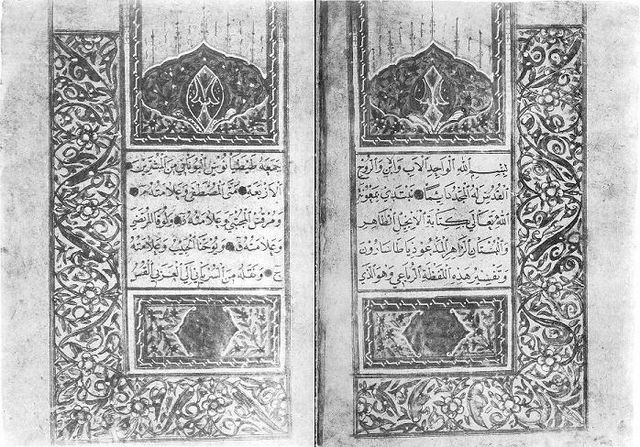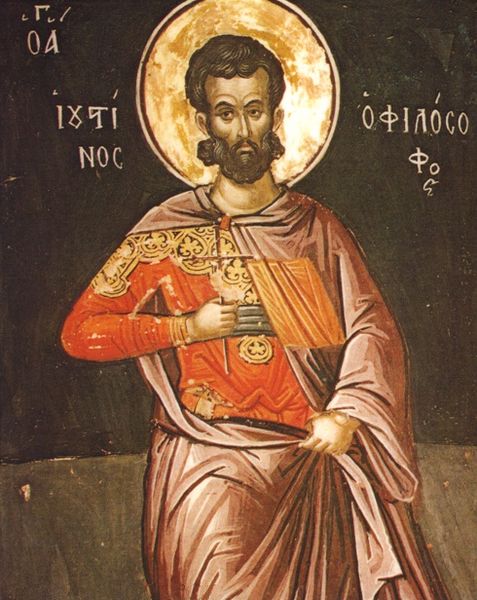The Diatessaron is the most prominent early gospel harmony. It was created in the Syriac language by Tatian, an Assyrian early Christian apologist and ascetic. Tatian sought to combine all the textual material he found in the four gospels - Matthew, Mark, Luke, and John - into a single coherent narrative of Jesus's life and death. However, and in contradistinction to most later gospel harmonists, Tatian appears not to have been motivated by any aspiration to validate the four separate canonical gospel accounts; or to demonstrate that, as they stood, they could each be shown as being without inconsistency or error.
Parchment manuscript of the Ephrem's Commentary on the Diatessaron, from Egypt, late 5th or early 6th century, in the Chester Beatty Library
Arabic Diatessaron, translated by Abul Faraj al-Tayyib from Syriac to Arabic, 11th century
Tatian was a pupil of 2nd-century Christian convert, apologist, and philosopher Justin Martyr
A gospel harmony is an attempt to compile the canonical gospels of the Christian New Testament into a single account. This may take the form either of a single, merged narrative, or a tabular format with one column for each gospel, technically known as a synopsis, although the word harmony is often used for both.
The Four Evangelists by Jacob Jordaens, 1625–1630, Louvre
A 6th–7th-century use of the Eusebian Canons to organize the contents of the gospels in the London Canon Tables
The cover of Branteghem's 1537 visual gospel harmony, Antwerp






